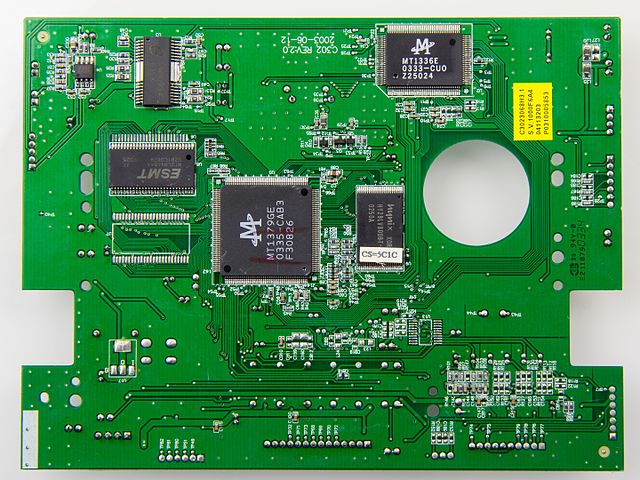First of all $80 for Final Fantasy III (aka FFVI) in 1994 with inflation would represent $147 dollars in 2021. That's an insane amount to pay for a regular edition of a game.
As a non techie and an illiterate to what makes a game and a console work I want to try and understand: why were games so expensive in the 90s? It wasn't because of the cost of developing them. AAA games back then cost a small fraction of what a AAA game does now. Was it all because of those stupid cartridges? Was it because of scale economy where videogames weren't AS popular as they're now and because they sold less amounts than today they'd have to charge more? We complain about $70 PS5 games now but back in the 16-bit era you could see games go as high as $90 (Phantasy Star 3 I'm looking at you).
Games have never been as expensive to make as what they are today but they're also the cheapest to buy as they've ever been. What happened?
As a non techie and an illiterate to what makes a game and a console work I want to try and understand: why were games so expensive in the 90s? It wasn't because of the cost of developing them. AAA games back then cost a small fraction of what a AAA game does now. Was it all because of those stupid cartridges? Was it because of scale economy where videogames weren't AS popular as they're now and because they sold less amounts than today they'd have to charge more? We complain about $70 PS5 games now but back in the 16-bit era you could see games go as high as $90 (Phantasy Star 3 I'm looking at you).
Games have never been as expensive to make as what they are today but they're also the cheapest to buy as they've ever been. What happened?




